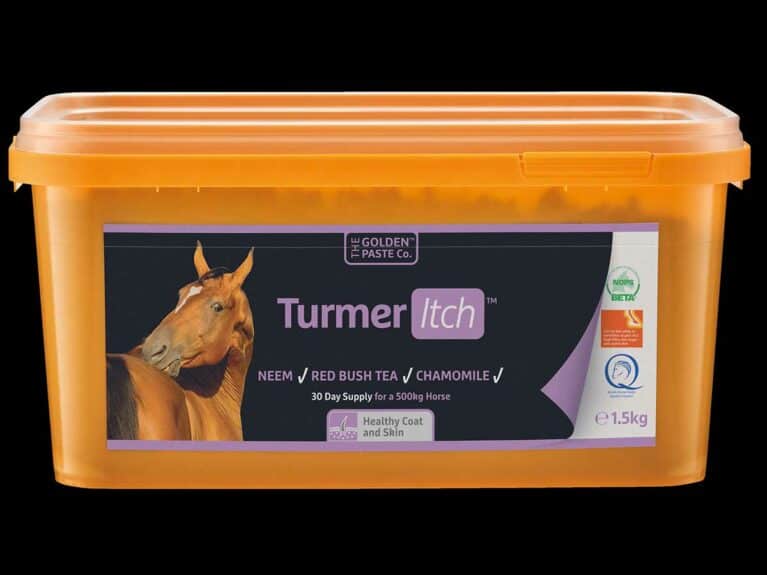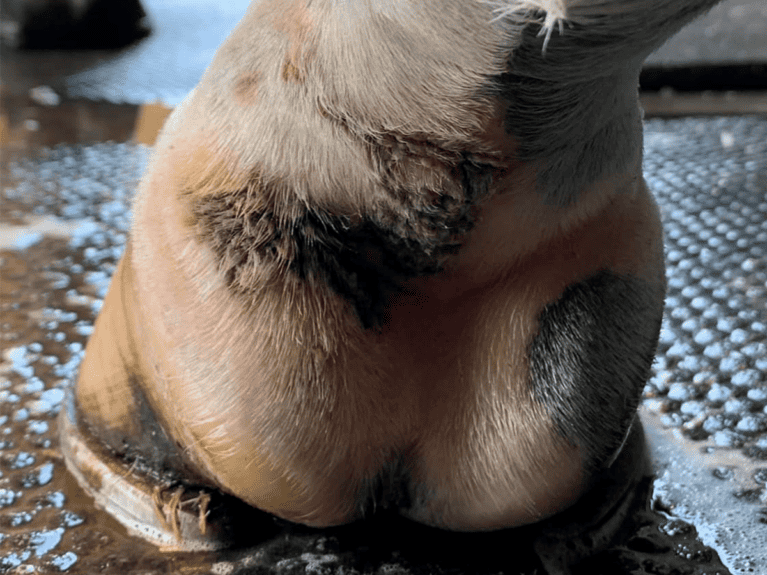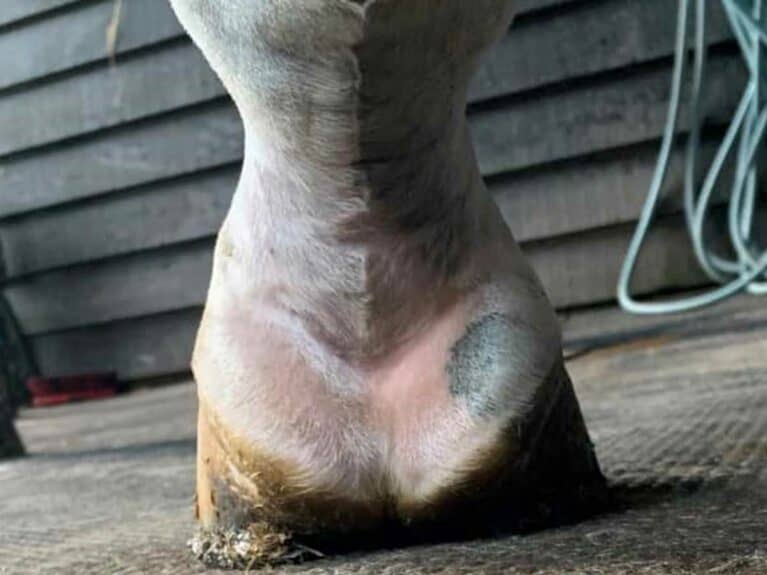
Most Read Articles

Nutritional support for your horse’s immune system can help keep mud fever at bay
In winter and early spring, mud fever presents a multifaceted challenge for horse owners, so understanding complexities is key to effective management. Nutrition, particularly through optimising the microbiome and supporting metabolic systems, plays a pivotal role in bolstering skin integrity and local immune responses.
A common condition
Mud fever, a form of dermatitis affecting the lower limbs of horses, is an all-too-common condition during the wetter months of the year, as it arises due to cracked and split skin caused by prolonged exposure to mud. This broken skin then provides an ideal breeding site for infections, allowing bacteria, fungi and mange mites to invade, which, in turn, leads to inflammation, irritation and the formation of crusty scabs.
Other contributory factors involved in the development of mud fever are…
- a weakened immune system that hinders the body’s ability to fight off infections
- sensitivity to environmental allergens, such as grass pollen, which can exacerbate skin irritation
- imbalances in nutrients, particularly omega-3 fatty acids and antioxidants, which can impair skin health
The symptoms
The common symptoms of mud fever are crusty scabs, broken skin, matted hair and or raw skin patches, and, in severe cases, there may be discharge, heat, pain, swelling and lameness.
Preventative steps
Fortunately, there are some preventative measures you can take that can help make a difference…
- Provide a dry environment especially during turnout.
- Maintain clean, dry legs but avoid over washing.
- Use barrier creams to protect the skin from moisture and irritants.
- Supplement with turmeric, known for benefiting wellbeing, to support skin health from within.
A holistic approach
TurmerItch, a turmeric-based supplement from The Golden Paste Company, offers a holistic approach to managing equine skin conditions.
As turmeric supports the body’s natural inflammation cycles and helps boost the integrity of the natural defence mechanisms, it can help keep the coat healthy and shiny, and also address skin issues such as mud fever.

Case Study
Chaise Purcell’s horse, James Bond, suffered from a severe case of mud fever. After trying various creams and medications, Chaise was advised to try TurmerItch.
“I started feeding it in early October and I noticed a difference within two weeks – the scabs had become much smaller, and the skin was less angry. By the time he had been on TurmerItch for a month, the scabs had healed, the skin was healthy again and clear of any cracks. I was not giving him anything else at that stage, so I am over the moon with the results.”

Before feeding TurmerItch. Photo taken 6th October.

After feeding TurmerItch. Photo taken 6th November.
To find out more about how TurmerItch can help your horse, visit goldenpastecompany.co.uk.











